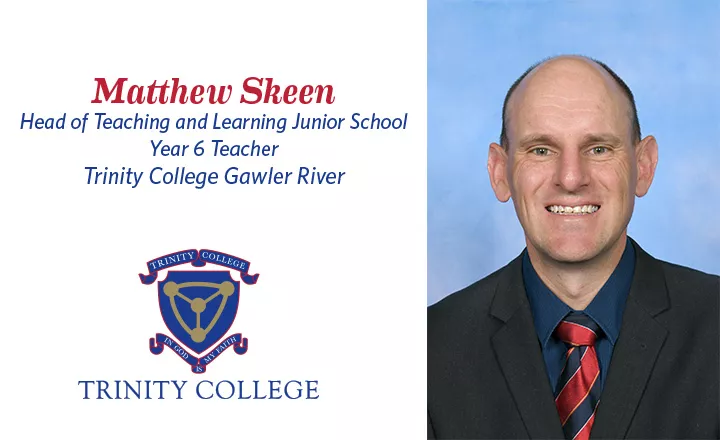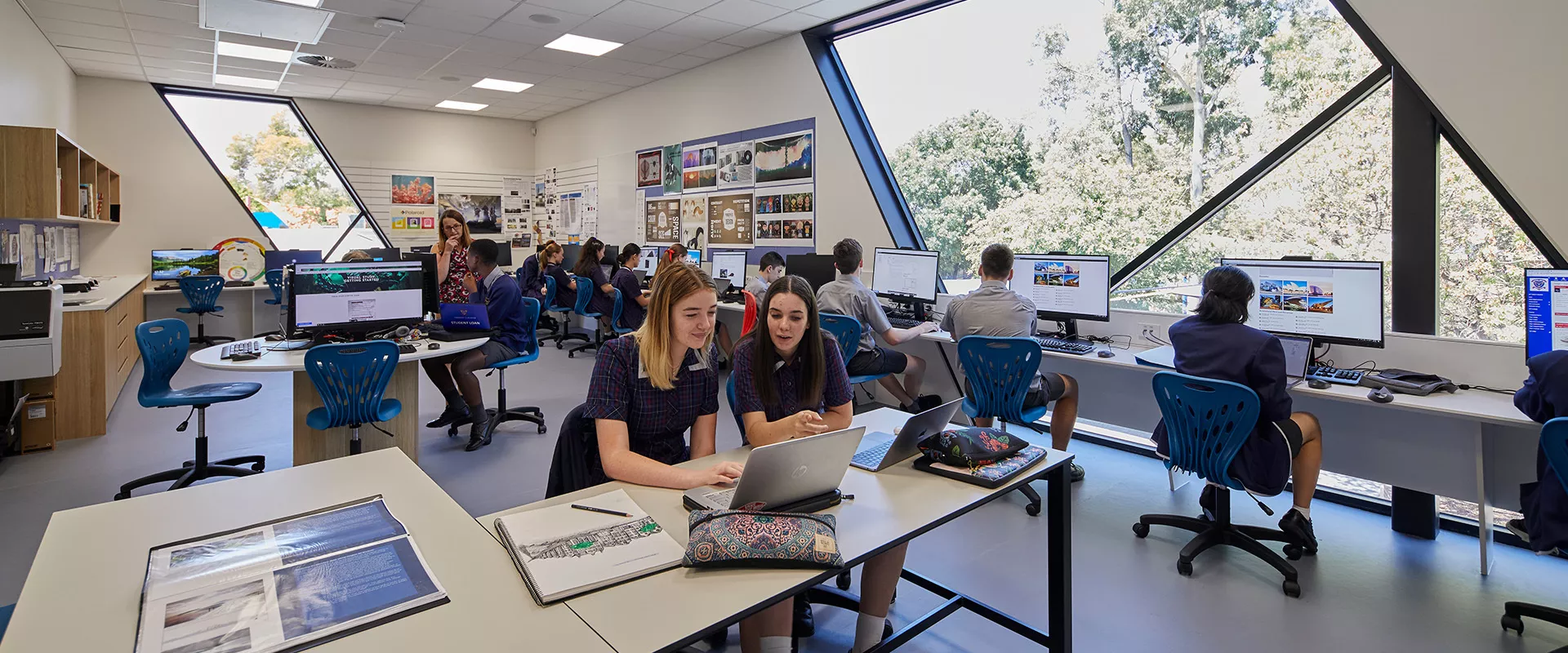Certificate in Future Oriented Learning

Trial of The Creative Solution Diagnosis Scale (CSDS) As A Self-Assessment Tool For Year 6 Students During Interdisciplinary Learning
When originally challenged to select a focus for the Professional Certificate project, I immediately looked to utilise the work I was doing in the Meta-Praxis, led by Michael Bunce from the University of East London. Part of the next step we (the Meta Praxis team at Trinity College Gawler River) were contemplating was how we authentically assess Meta-Praxis/Interdisciplinary learning. How do we gauge its success? With all this considered, my original project was formed – ‘Assessing interdisciplinary learning utilising the Trinity College Graduate qualities.’
Through the Meta-Praxis project, we were striving to cultivate a culture of interdisciplinary learning, student agency and entrepreneurship – which would enable creativity to hopefully be embedded authentically and organically. However via Trinity’s School Attribute Study, conducted in partnership with University of South Australia – it became apparent that while creativity was an area that fitted in well with these pedagogical outcomes, the data was showing that it was a weakness particularly in Year 6 and up at Trinity College.
Why the change in mindset towards creativity in Middle/Senior School aged students vs Junior School aged students?
As Robinson (2011) outlines, a common proposal is that children are naturally creativity and educational institutions break down or diminish that creativity. However it was interesting to see Feldman (2003) counter argued take that ‘this creativity possessed by young children isn’t necessarily innovative?’
As I continued to develop my understanding of Learning Analytics, and assisted by professional dialogue with my Trinity Institute colleagues and Professors Leonard and Cropley from University of South Australia, I made the decision to utilise the D. Cropley and A. Cropley designed CSDS (Creativity Solution Diagnosis Scale) as my measurement tool. This would be used to analyse the creativity within an interdisciplinary project in my Year 6 class.
“Any activity that requires students to reflect on what they are learning and to share their progress both reinforces the learning and helps them develop insights into themselves as learners.” (Stiggins et al., 2007)
Following Stiggin’s advice, I also made the decision to gather data from the students themselves via self assessment and then compare that to my assessment as a teacher, utilising the same CSDS criteria.
Modifications were made to the wording and overall structure of the scale to fit my target audience. This included removing the Genesis section, and re-wording terminology for best fit and purpose.
The focus became:
- Relevance and Effectiveness (the product is fit for purpose)
- Problem (the product helps to define the problem/task at hand)
- Innovation (the product sheds new light on the problem/task)
- Presentation (the product is well-executed)
The CSDS was imbedded as a rubric into Trinity’s Schoolbox (Learning Management System) which was something relatively unique for Junior School assessments at that time. Students were able to self assess and view their results.
After analysing the data, students generally scored their creativity/innovation higher when self-assessing their project than the teacher assessed utilising the same criteria. The differential in some cases was substantial. Was this a flaw in their understanding of creativity? Did they truly understand the criteria? Do they have a true understanding of what it means to be creative and innovative?
The results I was particularly interested in was the ‘Problem’ and ‘Innovation’ sections of the scale and how the students views of their creativity was so different than mine.
Problem
>Diagnosis (the product improves on shortcomings in current existing products)
>Prescription (the product shows how existing products could be improved)
Average 5.7 (student) vs. 4.3 (teacher) (out of 8)
Innovation
>Redirection (the product shows how to extend the known in a new direction)
>Reinitiation (the product indicates a radically new approach)
>Generation (the product offers a fundamentally new perspective on possible outputs)
Average 8.6 vs. 6.7 (out of 12)
So where to now?
- Do students actually know what it means to be creative? To be innovative?
- A focus on teaching what is creativity. How to be creative and innovative.
- Provide feedback to enable improvements in their creativity outputs.
- Encourage and welcome creativity and innovation in a true interdisciplinary approach.



